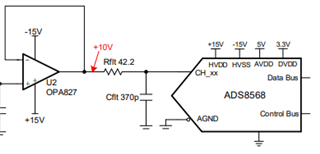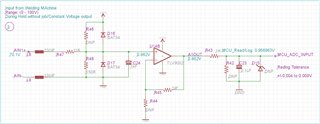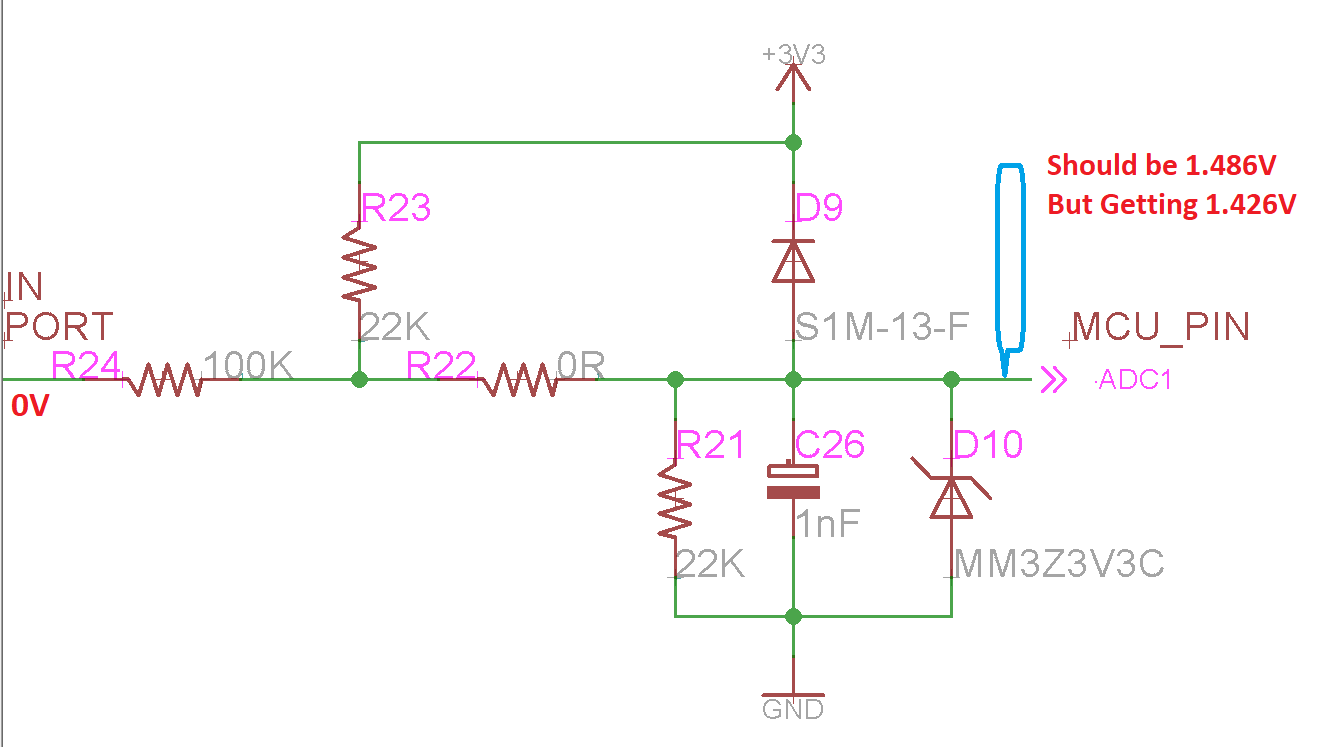Other Parts Discussed in Thread: LM358A, LM224, TINA-TI
Hi,
Existing circuit is working fine to measure the voltage,. But in one application it failed to measure the Weld (DC Voltage) voltage from the Welding Machine. Output of the Amplifier will not be same as IN+. (Added 3MOhm series resistor to AIN_1). Weld Voltage range ill be 0-100VDC and it can able to read from third party DC energy meters.
PFA the schematic and kindly advise if any modification required in the circuit to measure the voltage.

Thanks and regards,
Naveen K























